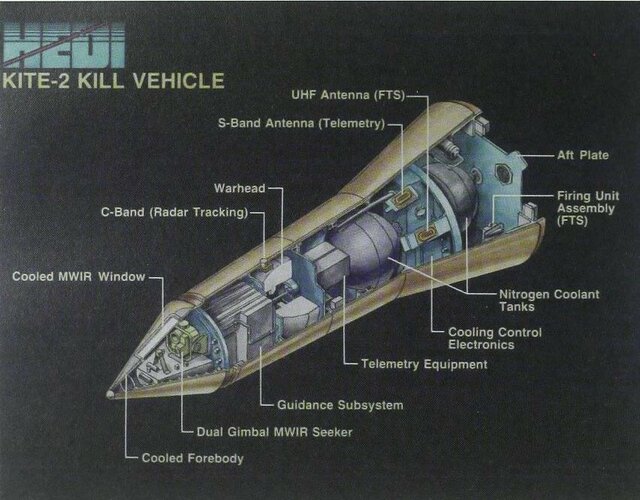As the next evolution in missile agility, the Air Force is looking at integrating small but capable divert and attitude control systems (DACS) into new and existing missile systems. This will increase the agility of the missile and allow for interception of faster or maneuverable targets. During Phase I, CFDRC supported this goal by defining two miniaturized thruster designs that utilize gelled hypergolic propellants to maximize divert performance and missile maneuverability while insuring IM compliance. Each design offers different strategies for system integration.
The primary design employs an annular face shut off approach coupled with an expansion-deflection nozzle to provide an extremely compact unit. A second design that incorporates a vortex-type combustor with a conventional nozzle is slightly longer. Both possess high performance. During Phase II CFDRC will: 1) Fully assess performance associated with a range of gelled propellant combinations (ionic liquids, innovative oxidizers, etc.) relative to the baseline MON25/MMH and 2) Fabricate, hot fire test and validate both thruster concepts. CFDRC is already in negotiations with industry partners about potential follow on programs that integrate system components (i.e. propellant tanks, valves, gas generators, etc.) to perform a full scale system demonstration that paves the way for ultimate flight qualification.
BENEFIT: A paradigm shift in operational performance is possible using a DACS within an air-to-air missile airframe. Immediate applications include any Next Gen missile tailored for JSF weapons bay storage and future AIM-9X/AIM-120 Block upgrade programs. Since propellant gelation improves the IM rating of any hypergolic propellant combination numerous additional military and commercial applications exist including: 1) missile intercept kill vehicles (THAAD, EKV, GMD); 2) extraterrestrial ascent/descent engines; 3) in-space orbital maneuvering and station keeping thrusters; 4) storable upper stage liquid booster motors; 5) missile main propulsion and 6) underwater propulsion/power. Consequently the proposed Phase II miniaturization of gelled propellant thrusters possesses wide range of military and commercial opportunities.




